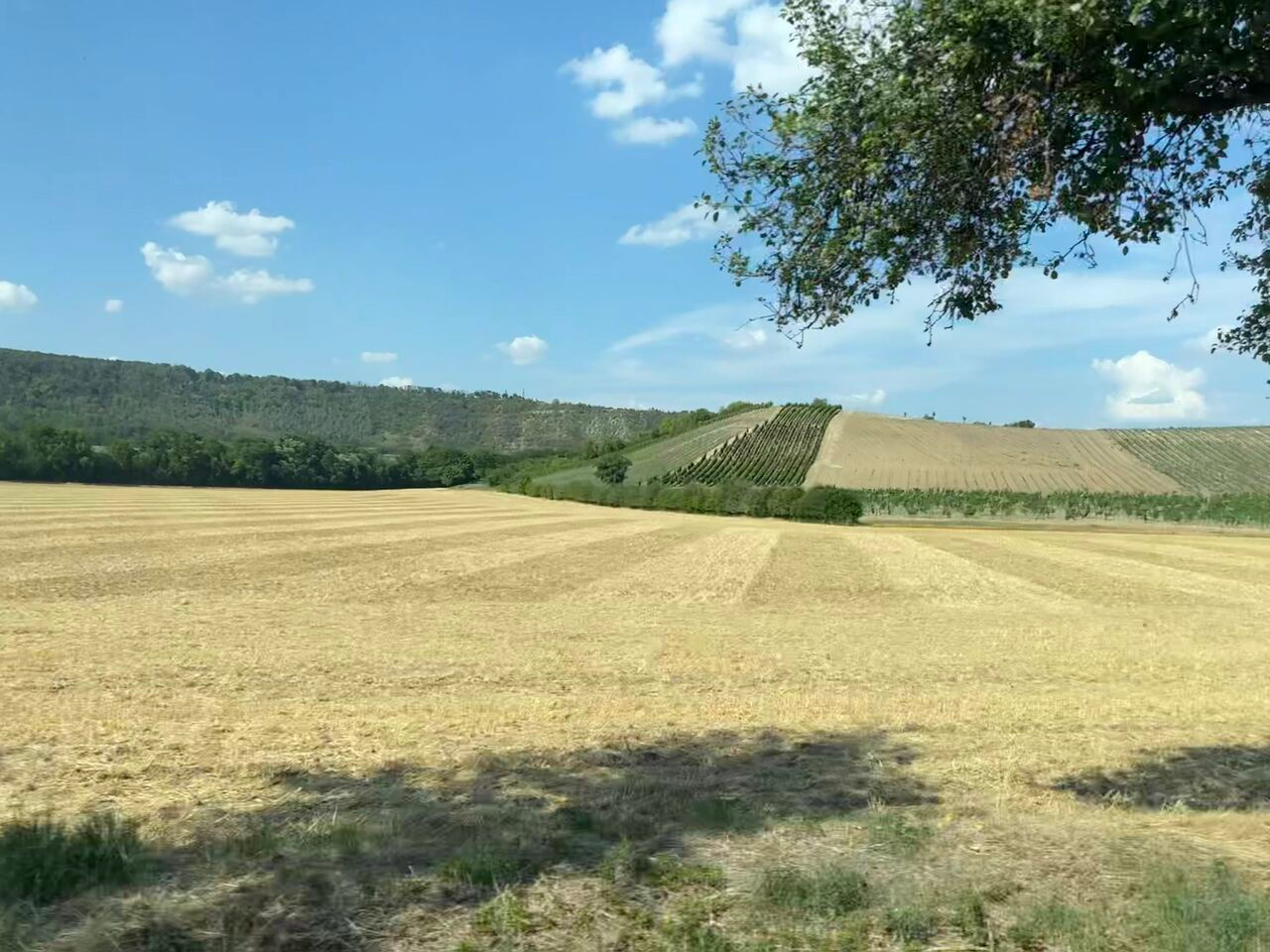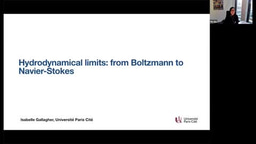How tree-ring isotopes shed light on the controversy surrounding European droughts
Published in Earth & Environment

In early 2021, the findings from two studies on European droughts sparked a fierce debate. Published within a week of each other, both studies considered recent European drought conditions in a historical context. However, the conclusions of the two studies were opposing. One study found recent European droughts to be far more severe than any in the past 2,100 years, and likely influenced by climate change. The other study found no evidence of an intensification of droughts and provided examples of longer and more severe megadroughts in Europe’s history.
As I held my newborn baby in my arms and watched the debate unfold online, one of my former supervisors approached me and asked, "Who's right?".
During my master’s degree, I had the unique opportunity to analyse a previously unexplored network of tree-ring isotope data. We found that the stable isotope records of oxygen and carbon from the network of 26 individual and well-distributed sites across Europe contained extraordinarily consistent seasonal responses. This is contrary to the diverse seasonal responses observed in classical tree-ring records such as ring widths. Further, independent of the type of tree, the elevation and the geographical location, all tree-ring isotope records showed a sensitivity to summer drought conditions. The seasonal consistency and greater climate sensitivity of tree-ring isotope records compared to classical tree-ring records enabled us to retrieve a coherent continent-wide seasonal drought signal for Europe. In doing this, we overcame the limitations of the two previous studies and were able to shed light on the controversy surrounding European droughts.
We show that the European summer drought of 2015-2018 was exceptional in the context of the past several centuries and unprecedented in much of central and western Europe. This suggests that human-caused warming may have played a role in the drought, and highlights the existence of regional differences in its impact.
We also found there to be longer and potentially more severe droughts during a period of low solar activity, during periods of significant decadal variability and coinciding with a long-term drying trend that began in the mid-20th century. Our findings add to the complexity of the multifaceted phenomena of droughts and highlight their most challenging aspect: inherent incomparability due to the many variables that can affect them.
So, who’s right?
Both of the studies published in early 2021 highlight important aspects of European droughts. Our work adds to this discussion with a spatially resolved and seasonally complementary reconstruction of European droughts, offering a unique baseline with which to study past and recent changes and insights into droughts in a warming world.
Our paper published today in Communications Earth and Environment can be found here:
https://www.nature.com/articles/s43247-022-00648-7
Follow the Topic
-
Communications Earth & Environment

An open access journal from Nature Portfolio that publishes high-quality research, reviews and commentary in the Earth, environmental and planetary sciences.
Related Collections
With Collections, you can get published faster and increase your visibility.
Geology of the Moon
Publishing Model: Hybrid
Deadline: Jan 31, 2026
Drought
Publishing Model: Hybrid
Deadline: Dec 31, 2025




Please sign in or register for FREE
If you are a registered user on Research Communities by Springer Nature, please sign in